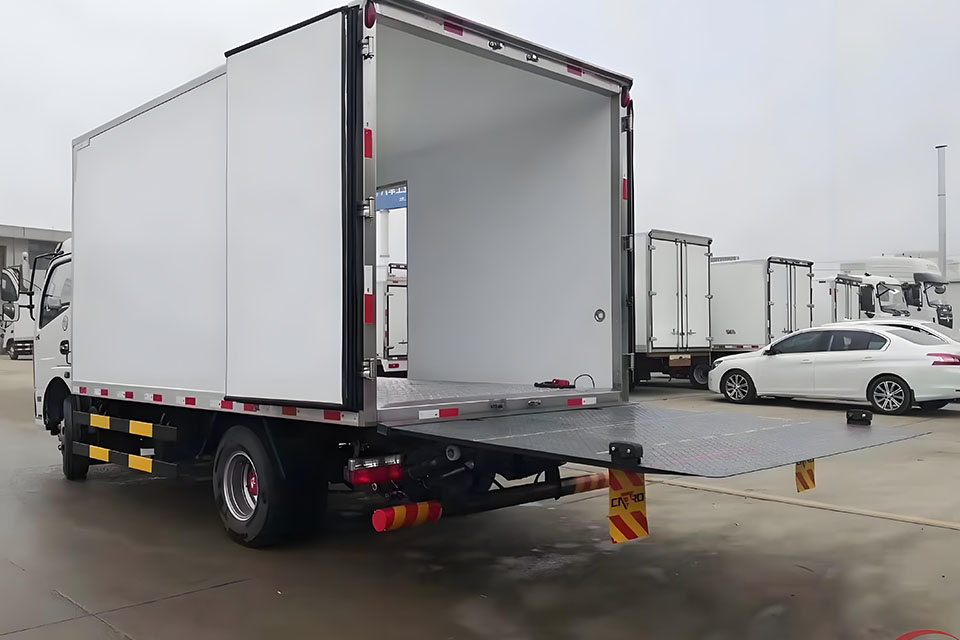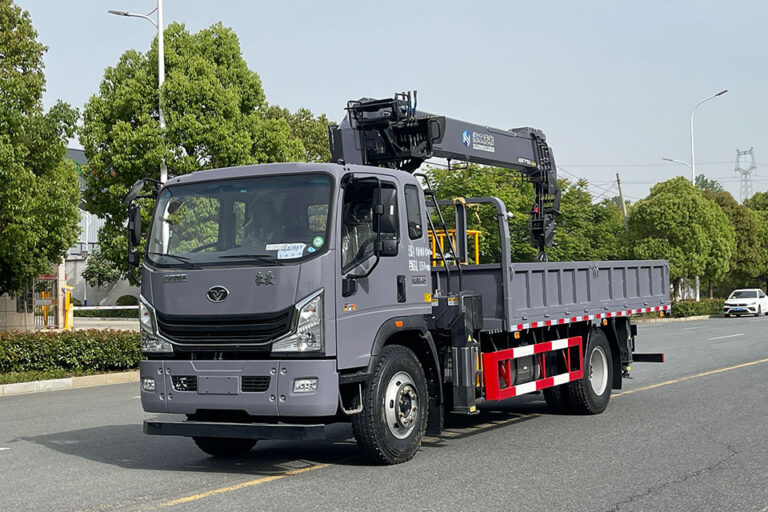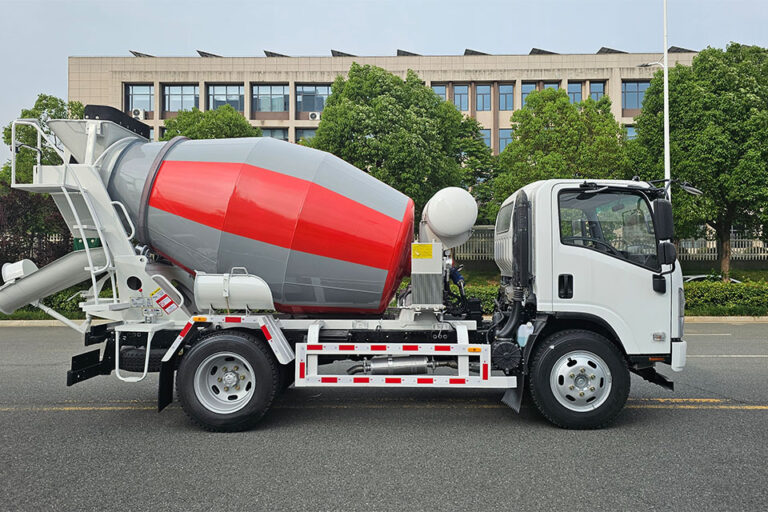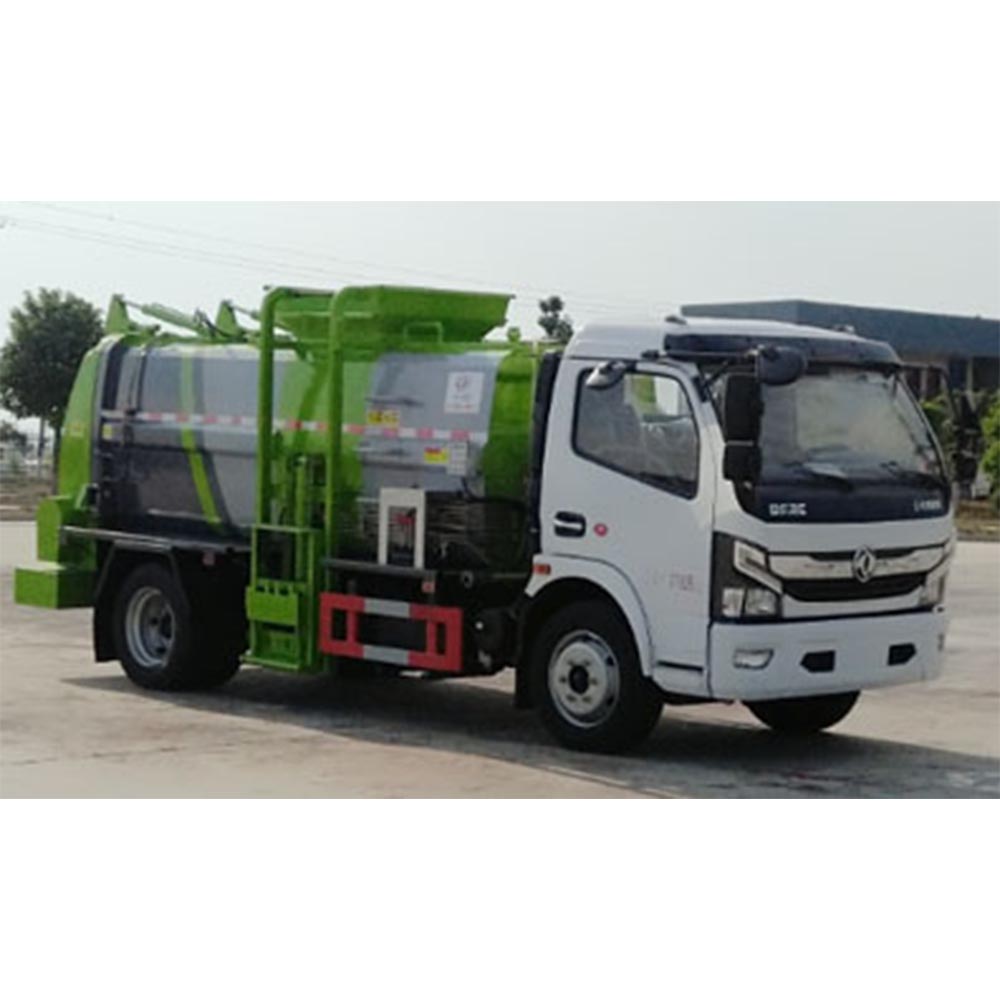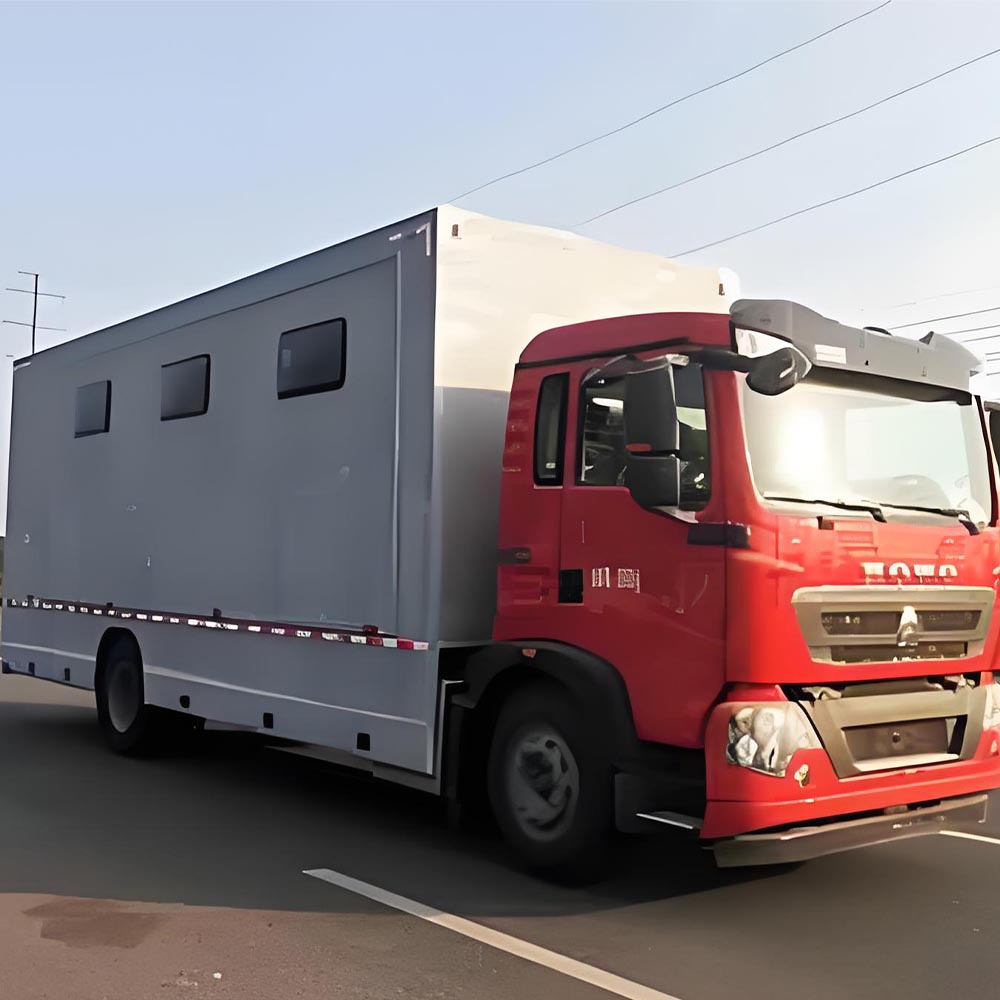-
Chengli Automobile Industry Park
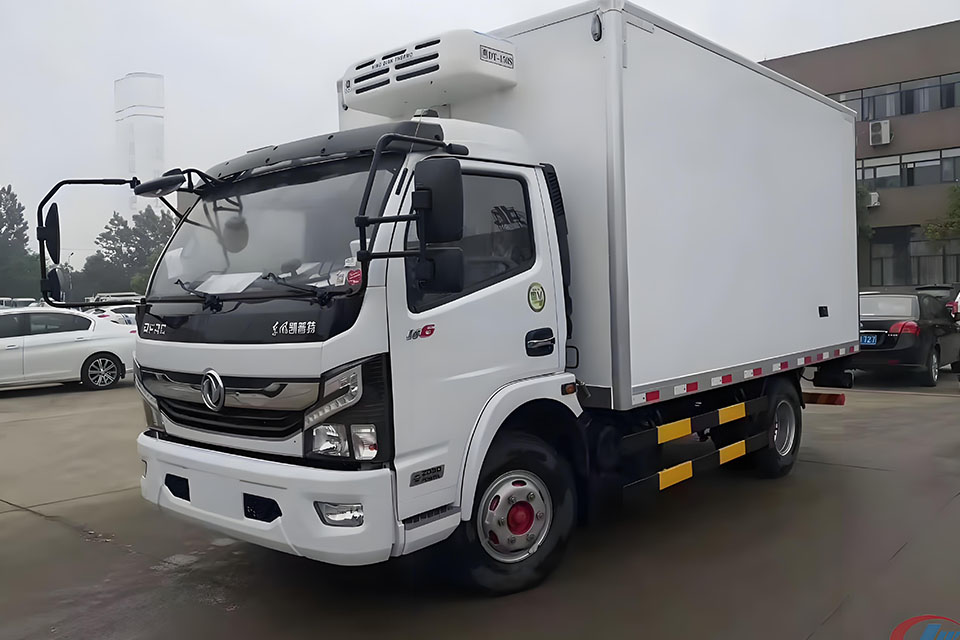
What is the difference between a dry van and a refrigerated truck?
Dry Van vs Refrigerated Truck: What You Need to Know
Are you wondering about trucks on the road? Let’s talk about two types of trucks. One is called a dry van. The other is a refrigerated truck. They look the same on the outside. But they work in very different ways!
Table of Contents
What is a Dry Van?
A dry van is a big box on wheels. It moves things that don’t need to be cold. Here’s what you should know:
- It has a big box shape
- It has hardwood floors inside
- It carries things like clothes, toys, and furniture
- It is the most common truck on roads
Did you know? There are 1.7 million dry vans in the United States!
What is a Refrigerated Truck?
A refrigerated truck (also called a reefer) keeps things cold. It is used for things that can go bad. Look at these facts:
- It has a cooling unit attached
- It has thick walls with insulation
- It keeps food fresh or frozen
- It can be as cold as -20°F
There are only 400,000 reefer trucks on U.S. roads. That’s much less than dry vans!
Check out our selection of Semi-Trailer Tractor Trucks for hauling both dry vans and reefers!
Main Differences Between Dry Vans and Refrigerated Trucks
Let’s see how these two truck types are different:
| Feature | Dry Van | Refrigerated Truck |
|---|---|---|
| Temperature Control | None – just normal air | -20°F to 80°F cooling system |
| Cost Per Mile | $2.10-$2.50 | $2.60-$3.00 (50¢ more) |
| What It Carries | Non-food items, dry goods | Food, medicines, flowers |
| Inside Space | More room inside | Less room (8-12% smaller) |
| Special Parts | Simple box design | Cooling unit, insulation |
Dry Van vs. Refrigerated Truck
Key Differences
Cost Comparison
Cargo Type
Usage Statistics
Comparison Table
| Feature | Dry Van | Refrigerated Truck |
|---|---|---|
| Temperature Control | None | -20°F to 80°F |
| Cost Per Mile | $2.10 – $2.50 | $2.60 – $3.00 |
| Common Cargo | Dry Goods, Electronics | Food, Pharmaceuticals |
| Internal Space | More | Less (due to insulation) |
US Truck Count
What Each Truck Carries
Dry Van Carries:
- Boxed items
- Clothes
- Electronics
- Furniture
- Paper goods
Refrigerated Truck Carries:
- Fresh fruits and vegetables
- Frozen meat
- Ice cream
- Medicines
- Cut flowers
Did you know? A reefer truck can be used like a dry van by turning the cooling off, but a dry van cannot keep things cold!
Cost Differences
Money matters when picking a truck! Here’s what to know:
- Refrigerated trucks cost more to buy
- Reefers use more fuel (25% more)
- Reefer drivers earn about 50¢ more per mile
- Maintenance costs more for refrigerated trucks
Learn more about Refrigerated Truck options for your temperature-sensitive shipping needs!
Which One Should You Choose?
Pick the right truck for your needs:
Choose a Dry Van if:
- Your items don’t need cooling
- You want to save money
- You need more space inside
- You ship regular boxes and items
Choose a Refrigerated Truck if:
- You ship food or medicine
- Your items need to stay cold
- You want one truck for both cold and dry items
- You can charge more for shipping (50¢ more per mile)
See our Vaccine Transport Vehicle options for specialized medical transport needs!
Important Facts to Remember
Here are the big points to know:
- Dry vans are for normal goods that don’t need cooling
- Refrigerated trucks keep things cold with special cooling units
- Reefer trucks cost more to run but can charge more for shipping
- Dry vans are more common (4 times as many on roads)
- A reefer can work as a dry van, but not the other way around
Final Thoughts
Now you know the big differences between these two trucks! The main thing is what you need to move. If it needs to stay cold, you need a refrigerated truck. If not, a dry van will save you money.
Both truck types are very important for moving goods across the country. Without them, we wouldn’t have fresh food or many things we use every day!
